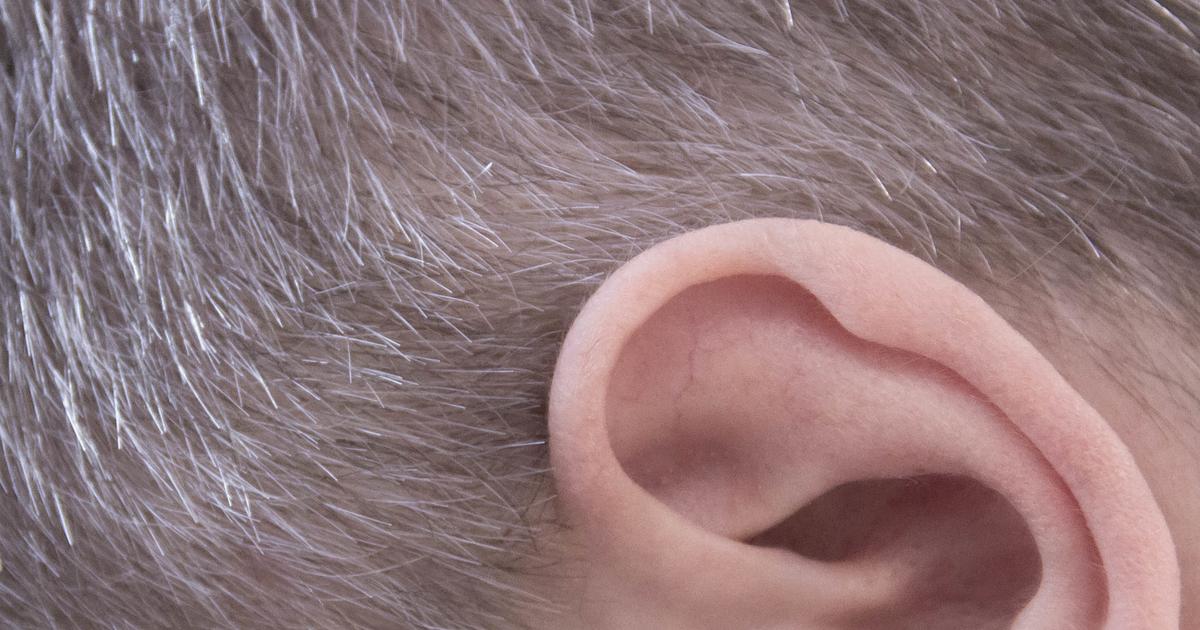Serious Complications Of Cerebral Palsy
Cerebral palsy is a disorder that affects an individual's posture, muscle tone, and movement. Most cases of cerebral palsy are caused by damage done to the brain before birth. Cerebral palsy symptoms typically appear during infancy or toddler years. Rigidity or floppiness of the trunk and limbs, involuntary movements, abnormal reflexes, unsteady walking, abnormal posture, or any combination of these symptoms can occur in individuals affected by cerebral palsy. Cerebral palsy can be a systemic disorder, or it may only affect one side or limb in the body. While certain symptoms may become more apparent with age, the underlying cause of cerebral palsy is not progressive. A physical examination, MRI, cranial ultrasound, electroencephalogram, and blood tests may be used to diagnose cerebral palsy.
Numerous complications can occur with cerebral palsy. Reveal what these are now.
Malnutrition
Cerebral palsy patients may experience malnutrition, a condition where an individual does not receive the proper amount of nutrition. One of the leading causes of malnutrition in individuals with cerebral palsy is called dysphagia or oral-motor dysfunction. A healthy individual has muscles coordinated to transfer food from their mouth to their esophagus, and down into their stomach. Individuals who have cerebral palsy can experience dysfunction in these muscles, which can cause them to have difficulty with breathing, talking, and swallowing. Other factors can also play into the development of malnutrition in cerebral palsy. It may be harder for an individual to consume adequate nutrition and calories when they are unable to hold their utensils and physically feed themselves. Another aspect that complicates the sufficient consumption of food in cerebral palsy patients is gastrointestinal issues. Acid reflux, stomach ulcers, and heartburn are common and make eating uncomfortable or painful.
Learn more about complications linked to cerebral palsy now.
Premature Aging

Premature aging may be seen in individuals affected by cerebral palsy as they approach their fourth decade of life. This is a condition where signs of aging emerge in an individual before they actually reach old age. The bodies of cerebral palsy patients go through excess stress and strain to complete day to day activities and tasks. Cerebral palsy patients are known to burn up to five times as much energy as a healthy person does when they simply walk and move around. Premature aging in individuals with cerebral palsy can be confusing because some see it as a worsening of the disorder. However, premature aging due to a condition is different from the progressive worsening of a condition. Premature aging is simply the result of the toll the patient's disability has taken on their body and mind over many years. Symptoms of premature aging in individuals with cerebral palsy include an increase in overall pain, frequent falls, increased susceptibility to adverse side effects of surgery and medication, stiff muscles, difficulty walking, and dental health issues.
Keep reading to uncover more cerebral palsy complications now.
